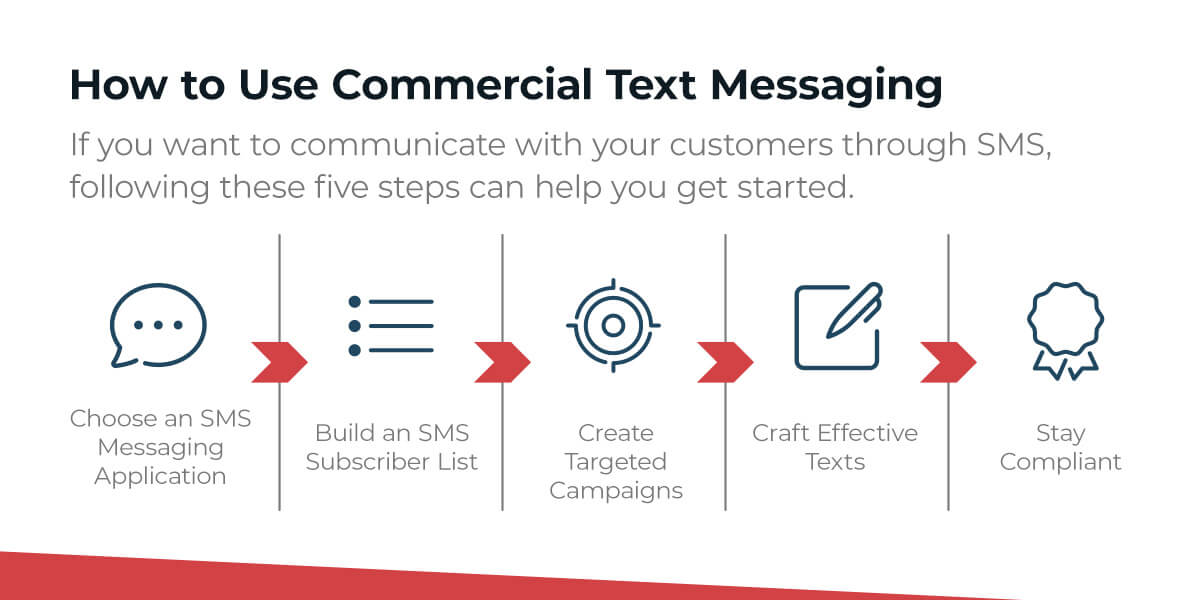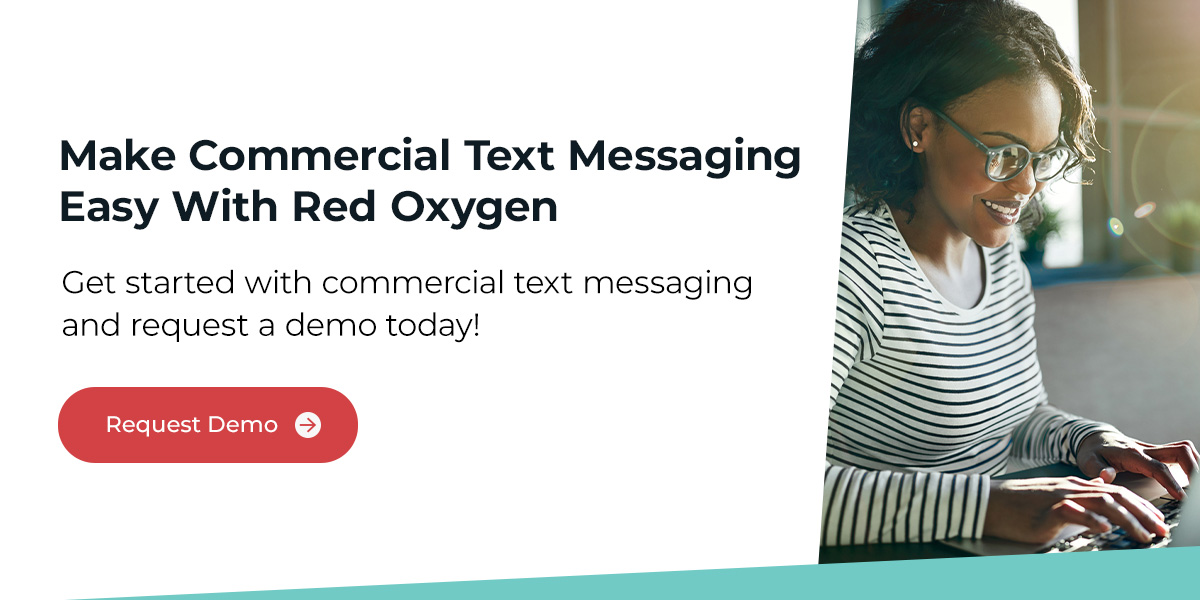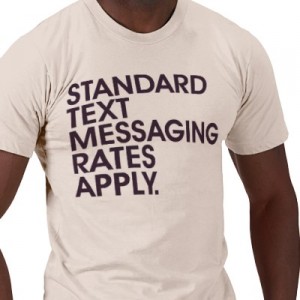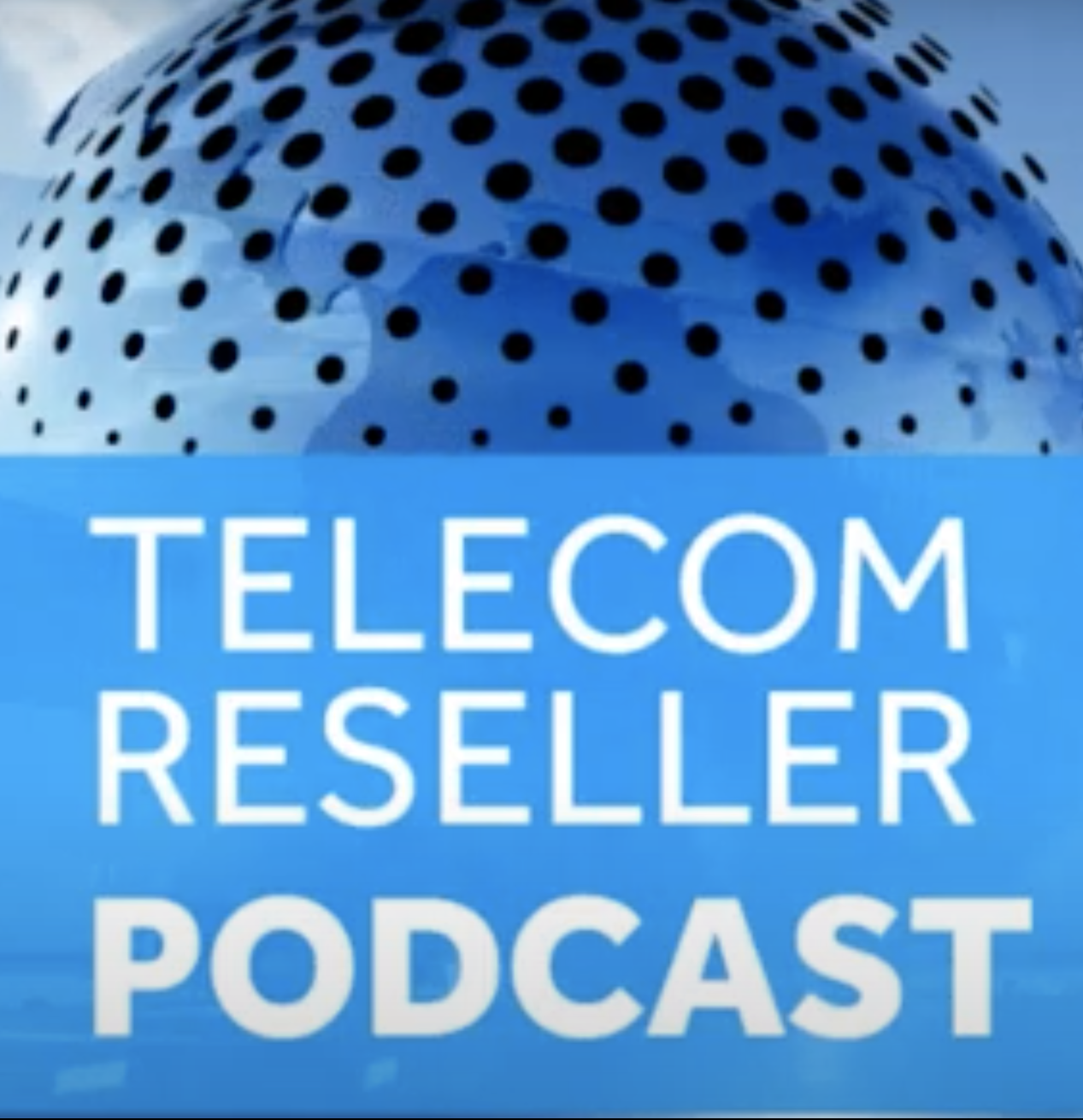
Commercial texting is on the rise, with people opening 98% of the short message service (SMS) messages they receive. Learn what commercial text messaging is and how to use it to promote your business and connect with your audience.
Understanding Commercial Text Messaging
Commercial text messaging is the use of SMS to communicate directly with customers. Also known as commercial text marketing, many businesses send texts to share promotional and informative content, such as:
- Flash sales and time-sensitive deals.
- Product launches and promotions.
- Event promotions and reminders.
- Loyalty program updates and rewards.
- Customer service alerts, such as order confirmations and shipping updates.
When implemented correctly, texting can be a powerful tool in your overall communication strategy. It reaches your audience on a device they are glued to—their mobile phones. The typical American consumer spends a minimum of five hours on their phone daily, checking it between 96 and 160 times.
The messages sent via text are short and sweet, with a limit of 160 characters being the best practice. Due to the nature of texting, this form of communication can convey a sense of urgency. As people worldwide prefer using SMS to keep in touch with loved ones, it can also allow you to connect with your audience more intimately. Another key element of text marketing is that customers must opt-in to your business’s subscriber list to receive communications.
There are different types of commercial texting:
- Bulk texting: These are personalized, mass text messages sent to multiple receivers. They’re ideal if you need to quickly reach many subscribers simultaneously, such as when sending product announcements or limited offers.
- One-to-one texting: These are two-way messages sent to specific individuals. As one-to-one texts allow for responses and can be highly personalized, they are better suited to providing customer support or informational updates such as reminders and confirmations.
How to Use Commercial Text Messaging
If you want to communicate with your customers through SMS, following these five steps can help you get started.
1. Choose an SMS Messaging Application
Choose an SMS messaging application, such as the solutions offered by Red Oxygen. Rather than person-to-person (P2P) messaging, application-to-person (A2P) messaging is always best for business use cases.
With an A2P solution, you can optimize your text campaign through features such as:
- Scheduling texts.
- Offering two-way texting.
- Uploading and managing your contact lists.
- Personalizing messages with details such as your customers’ names.
2. Build an SMS Subscriber List
Your subscriber list will be made up of current and potential customers who have opted in to receive texts from your business. In a nutshell, opting in means receivers have given you permission to contact them.
You can encourage customers to join your list with one or more of the following methods:
- Text to join: Customers text a keyword to your business number to receive updates and offers.
- In-store: Customers can be asked to sign up during checkout or scan a QR code featured on posters.
- Online: Customers can be prompted to join through website pop-ups or social media integrations that offer signup incentives.
3. Create Targeted Campaigns
Creating targeted communications can help you unlock the full potential of commercial text marketing. Targeting your campaign means you have a better chance of reaching the right customer with the right message—71% of customers expect to receive tailored communications from brands.
To start, segment subscribers based on factors such as engagement, demographics or purchase history. Once you have your segmented groups, you can send personalized and relevant content. When customers resonate with the texts you share, you can enjoy increased engagement, customer loyalty and conversions, ultimately boosting your business’s profitability.
4. Craft Effective Texts
Once you’ve chosen an SMS messaging application and built and segmented your subscriber list, you can start writing promotional or information texts to send to your customers. Alternatively, you can also use pre-written SMS templates.
Here are some tips for writing texts that drive results:
- Create reader-friendly messages: Be straightforward and use clear, concise language so readers can quickly grasp all the necessary information. Reminder: Some people read texts on their smart watches.
- Get personal: As mentioned, personalization is critical. Include a greeting and address the customer by name.
- Include a call to action: Guide customers to take the desired action, such as clicking on a link, visiting your website, using a discount code or responding to the text to confirm their appointment or reservation.
5. Stay Compliant
Staying compliant means abiding by the laws or regulations set by governing bodies and organizations responsible for regulating SMS communications. If you’re based in the United States, your business must uphold the Telephone Consumer Protection Act standards implemented by the Federal Communications Commission (FCC). You must also abide by U.S. carriers’ 10dlc regulations. In Australia, businesses are regulated by the Australian Communications and Media Authority (ACMA) and must comply with the CAN Spam Act of 2003.
As noncompliance can lead to your messages being flagged as spam or blocked by carriers, knowing the FCC’s and the ACMA’s requirements is crucial for ensuring your texts reach your customers. While there are many texting laws in both countries, gaining explicit consent from receivers before communicating with them via SMS is one of the most significant. You must also provide clear opt-out instructions.
The Benefits of Commercial Text Messaging
Along with excellent personalization and segmentation capabilities and allowing you to reach customers via their preferred method of communication, commercial text messaging has many other benefits, including:
- Higher open rates: As the average open rate for emails is only 22.1%, there’s a much better chance customers will read what you send them with commercial text messaging. This makes it an excellent channel for sharing time-sensitive information like limited deals or appointment reminders.
- Affordability: SMS messaging is much more cost-effective than other communication platforms used in marketing. You can instantly reach hundreds to thousands of customers without investing a lot of money. For example, Red Oxygen offers plans starting at $30 per month, with SMS messages only costing a couple of cents to send.
- Increased efficiency: Thanks to the ability to automate messages, commercial text messaging can also help you save time. Rather than spending hours writing and sending each text to your subscribers, automation and other features like templates can free up your team’s time, allowing them to prioritize mission-critical work—this can be a lifesaver if your business is running on a tight schedule.
- Wide reach: As the number of global mobile phone users is expected to reach 7.49 billion by 2025, SMS can reach an extremely wide audience. Plus, customers don’t need internet access or the most advanced smartphones to be able to receive texts.
Make Commercial Text Messaging Easy With Red Oxygen
If you want to reap the benefits of commercial texting, Red Oxygen makes it easy for businesses to send SMS messages from a computer to any mobile device. With features that can help you build your subscriber list, personalize your texts and schedule your communications, our solutions allow you to streamline how you connect with customers.
Our team is also ready to offer expert guidance, giving you peace of mind that your business is compliant. Get started with commercial text messaging and request a demo today!




























































